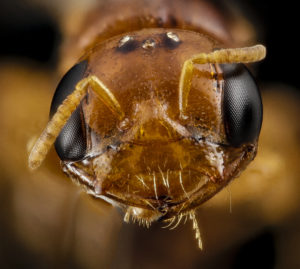Latest Jobs
-
GIS Officer Bumblebee Conservation Trust

-
Evidence Officer Bumblebee Conservation Trust

-
Marine Ecology Team Leader/Research Assistant Archipelagos Institute of Marine Conservation

-
Microplastics Laboratory Assistant Archipelagos Institue of Marine Conservation

-
Admissions Officer Archipelagos Institute of Marine Conservation

-
Marine Mammal Team Leader/Research Assistant Archipelagos Institute of Marine Conservation

I is for Iceland Gull
Iceland gulls breed in the Arctic, mainly Greenland and northern Canada, and move south during winter to feed away from the worst of the polar winter.
Read More »Have we saved the world’s most endangered cat?
Almost 100 million Euros has been spent on conserving the remaining Iberian Lynx in the wild, and it seems that these efforts have paid off.
Read More »Sumatran Rhino Extinct in Malaysia
It is vital for the survival of the species that all remaining Sumatran rhinos are viewed as a metapopulation, meaning that all are managed in a single program across national and international borders in order to maximize overall birth rate.
Read More »Sawfish Facing Extinction
Sawfish are amongst the most threatened family of marine fishes. Overfishing and habitat destruction have resulted in many species disappearing from the coastlines of 46 countries. International conservation efforts and adequate fishing protections are required to prevent their complete extinction.
Read More »Rare Australian Bee Discovery
A bee in Australia has been discovered, after no sightings had been made of it for 100 years. However, it is extremely rare due to habitat loss and fragmentation, wildfires and climate change. It is also favours just one specific vegetation type, and with little known of its biology, time is running out to protect this native species.
Read More »Counting Elephants...From Space
A new surveying technique involving the use of satellite cameras has been used to count elephants. Automatic detection allows for vast areas to be surveyed much quicker, offering an alternative to human observers counting from low-flying planes.
Read More »Reach 1000's of candidates
AdvertiseSubscribe
Get the latest from us delivered straight to your inbox every week!









